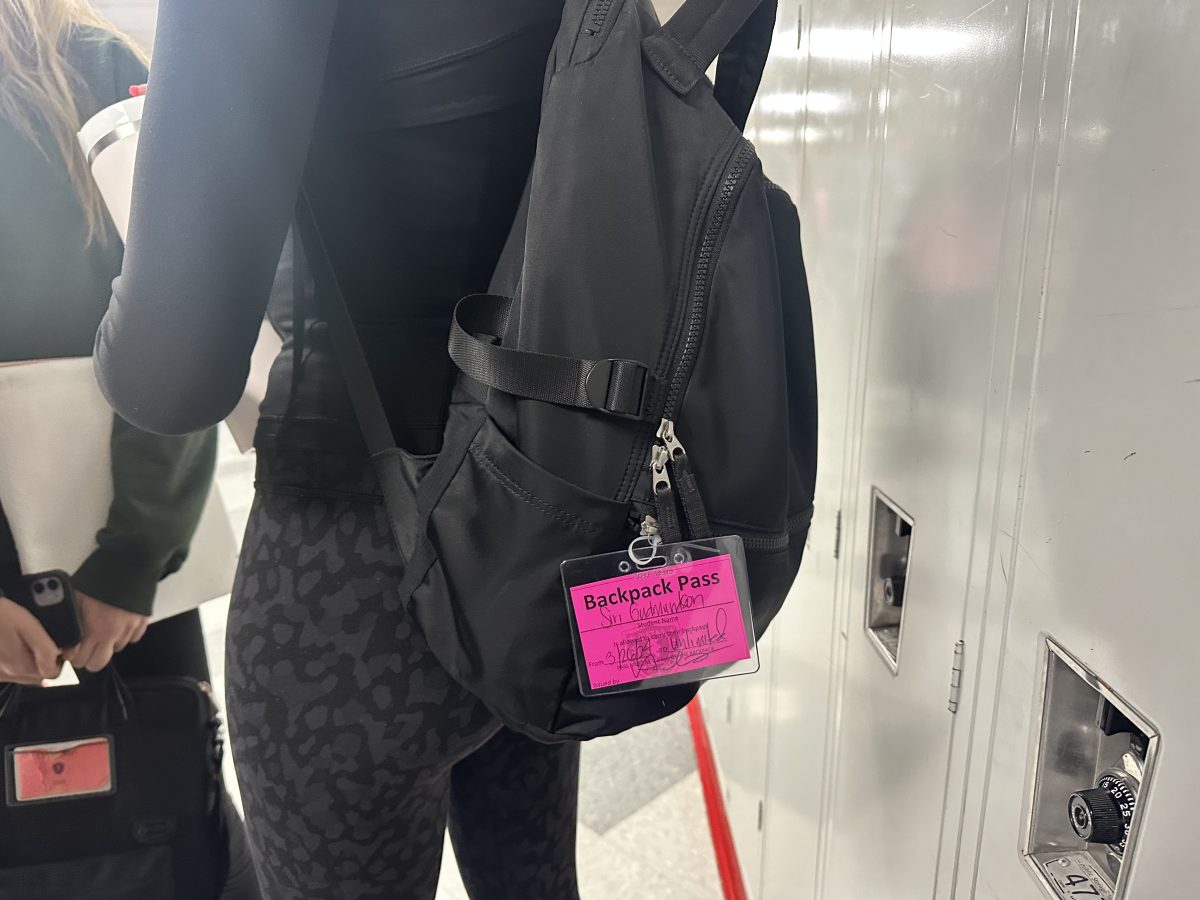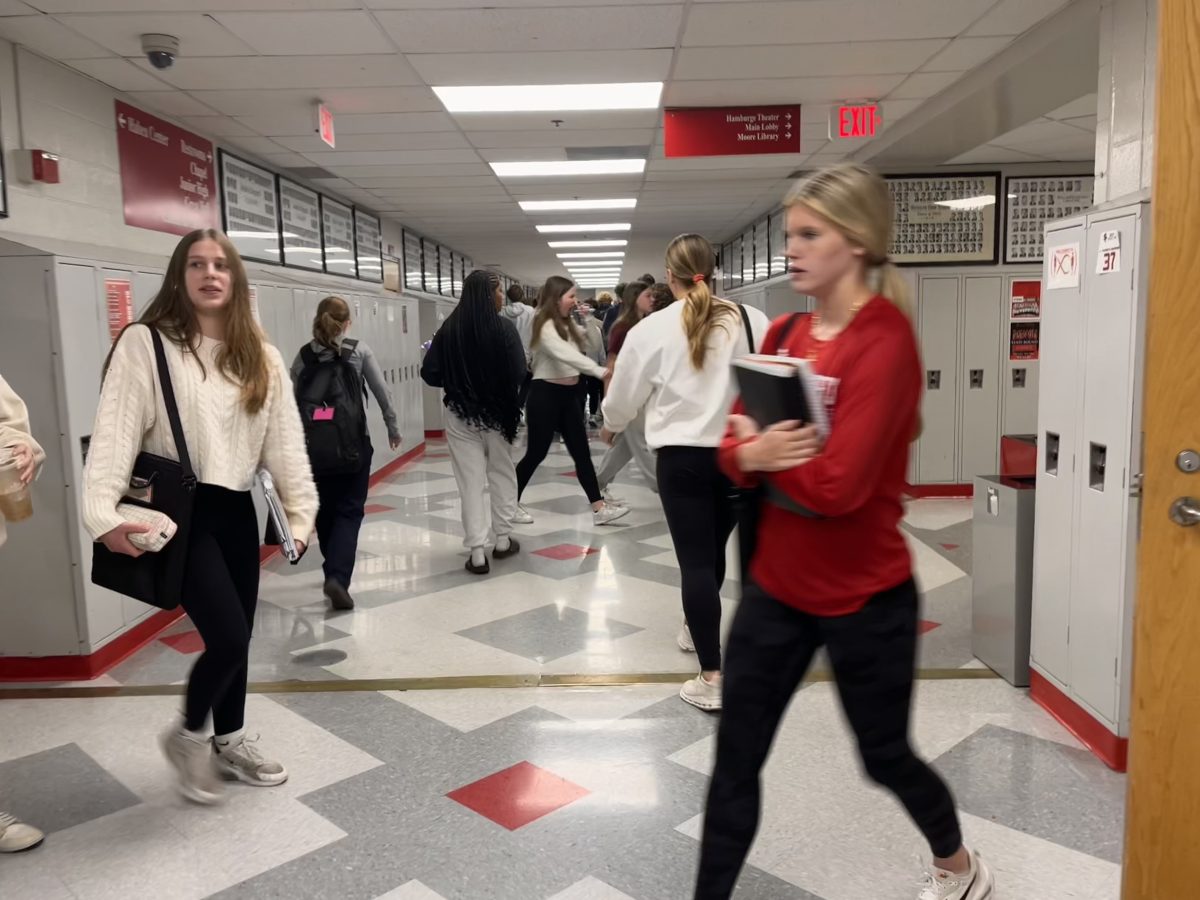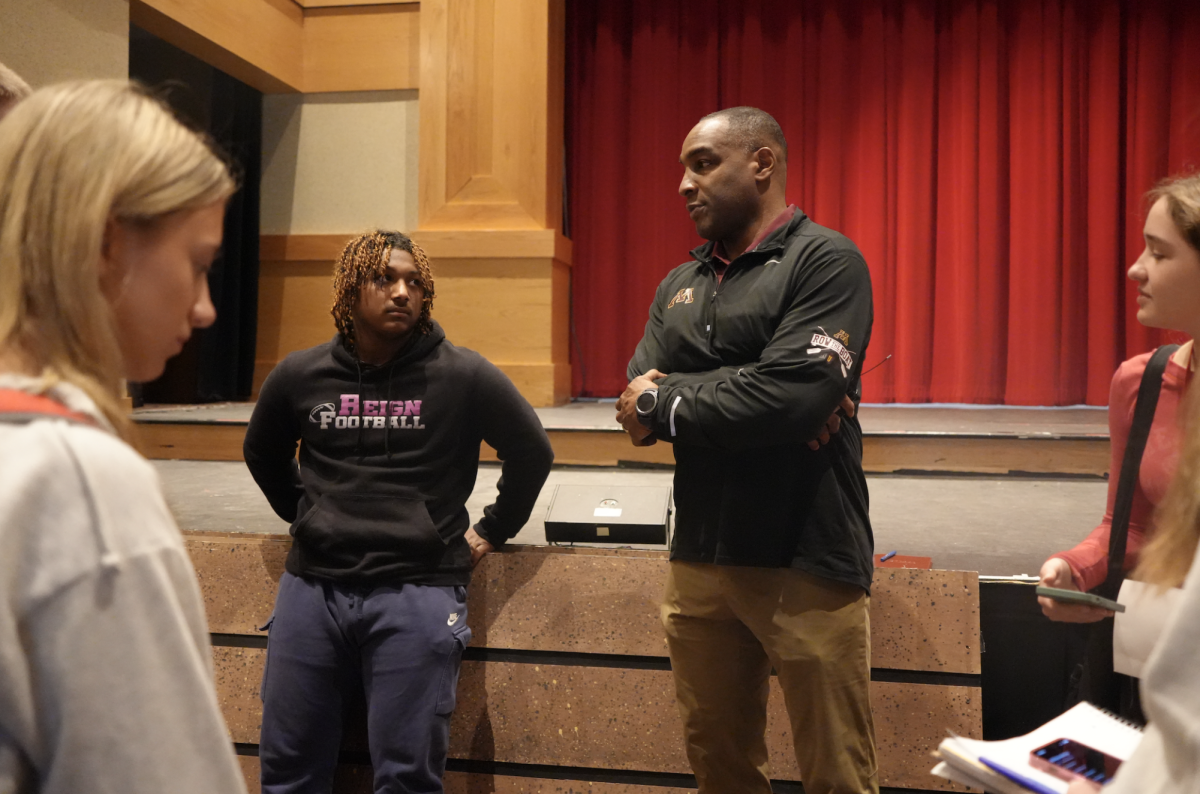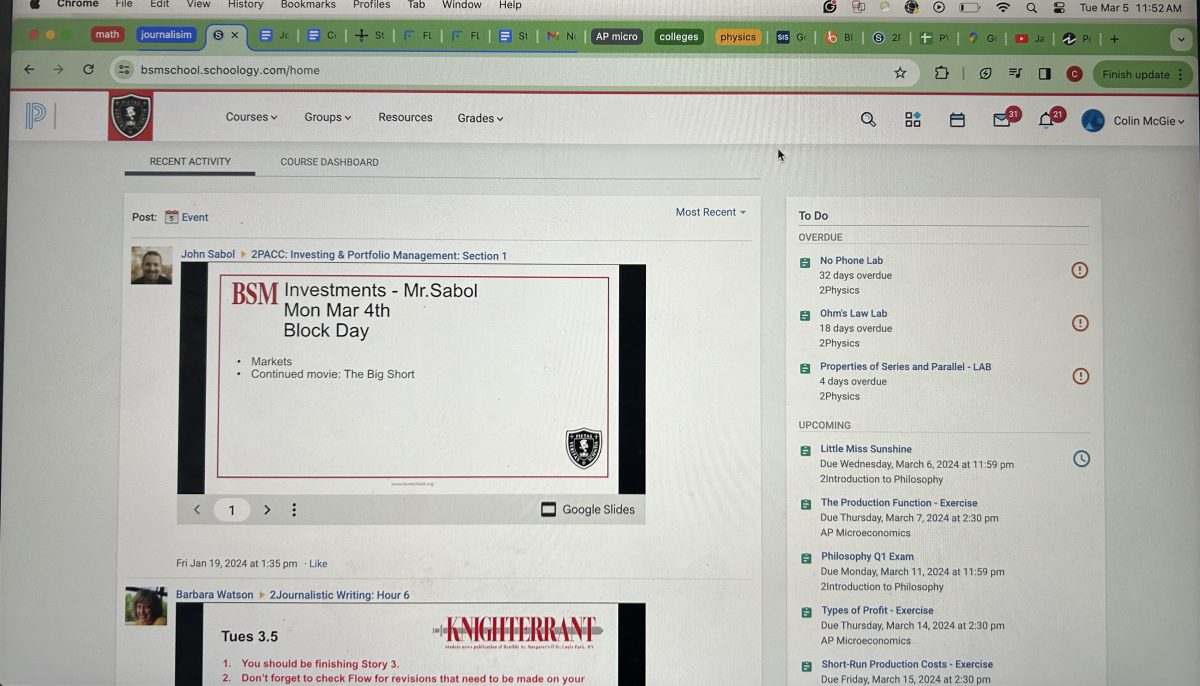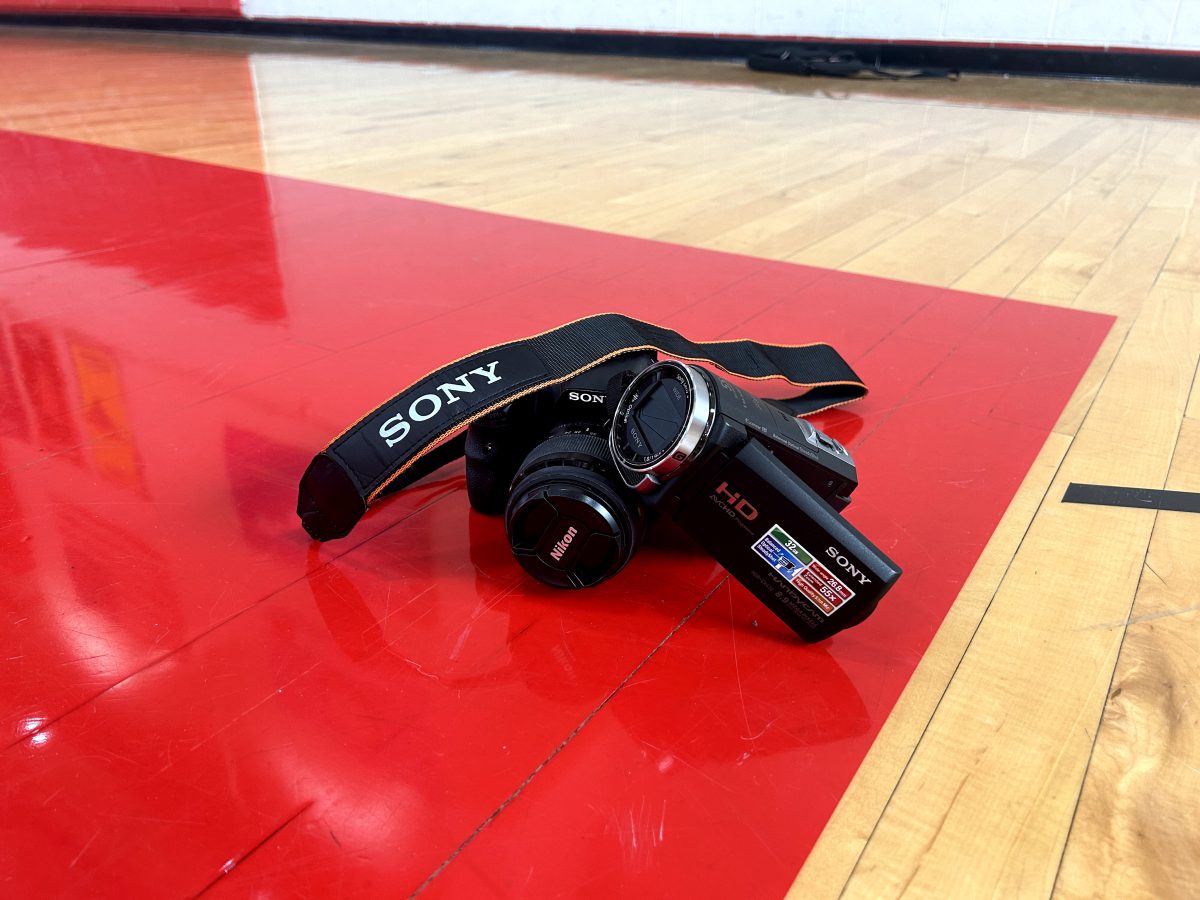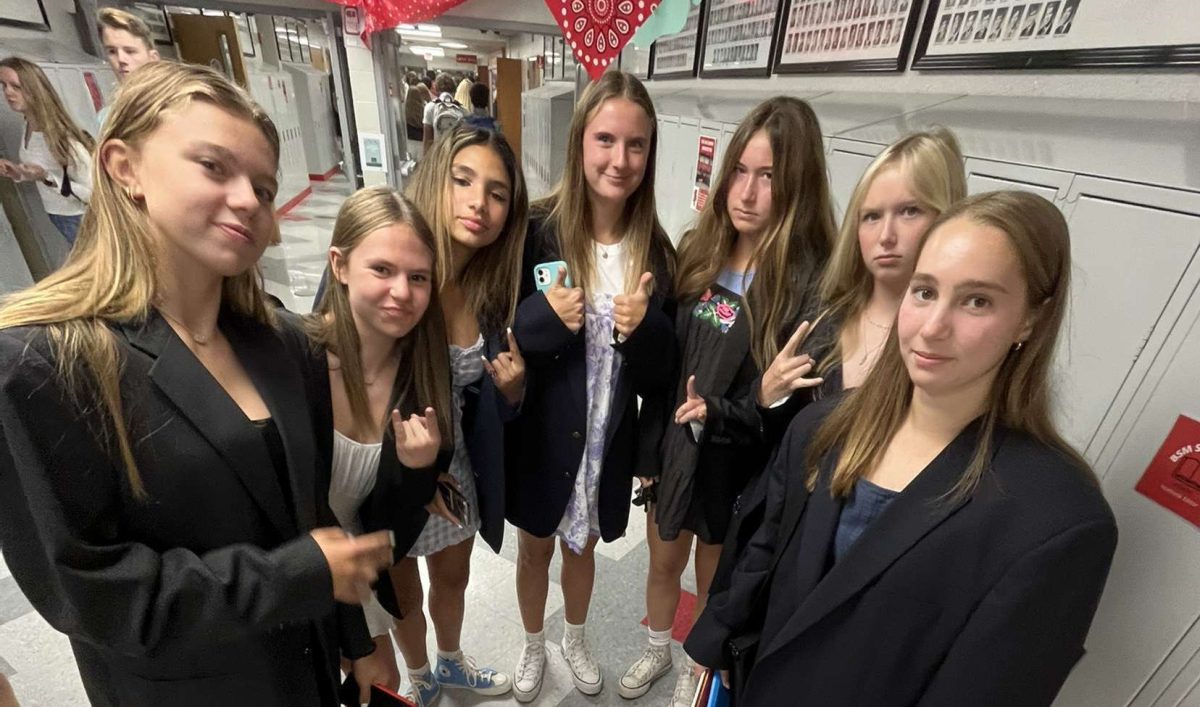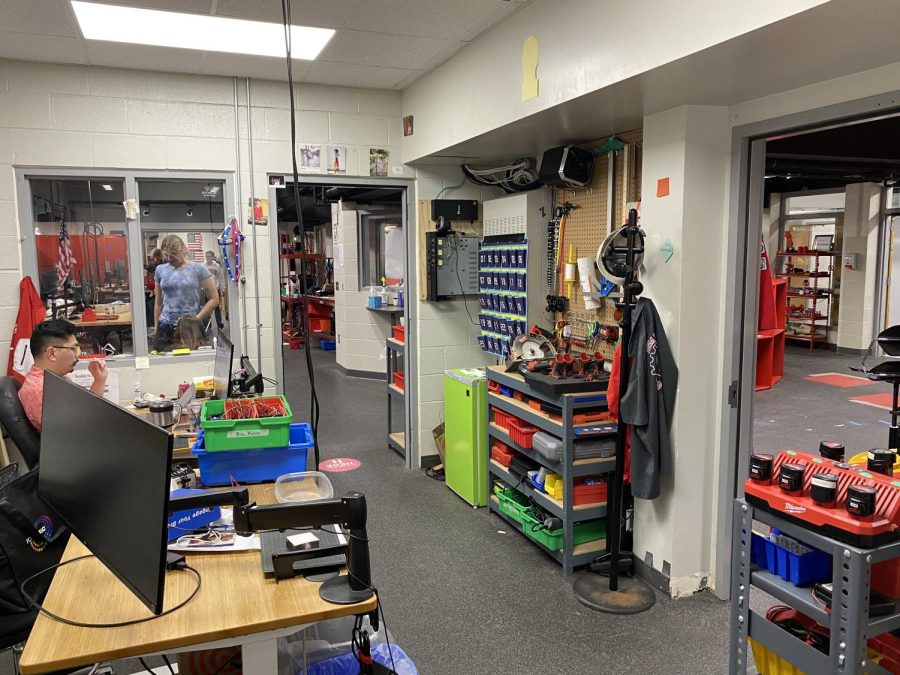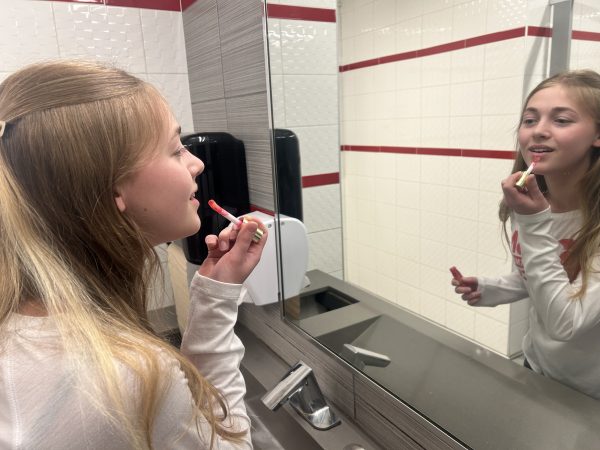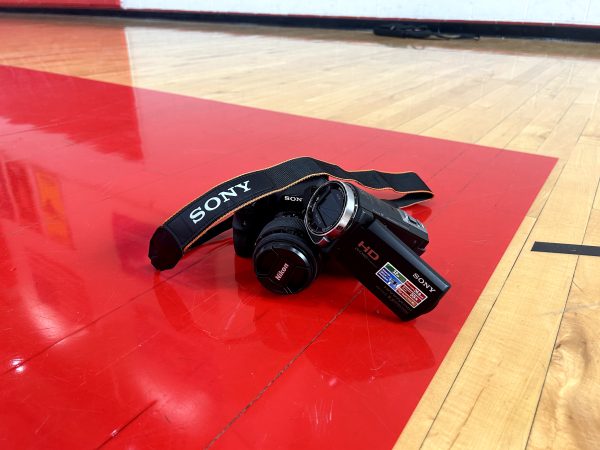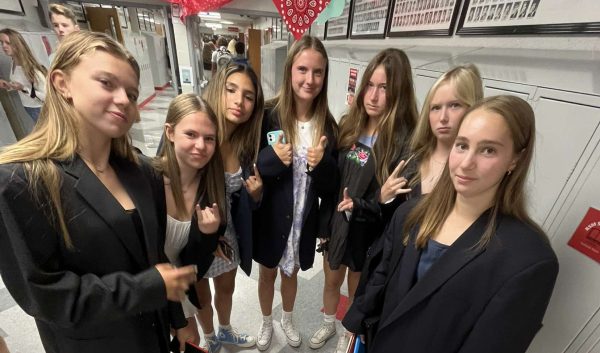Teacher Turnover Hits the Engineering Department
In the absence of Anne Dougherty and Dr. Peter Kirwin, Charles Nepomuceno is now the engineering Department Chair.
This fall, the Benilde-St. Margaret’s engineering department has been forced to grapple with a nationwide phenomenon: high turnover. But despite the challenges turnover entails, the department appears uniquely suited to adapt and emerge with new understanding.
Last year, the department was composed of three teachers: Anne Dougherty, Dr. Peter Kirwin, and Charles Nepomuceno; over the summer, Dougherty and Kirwin left BSM to explore new opportunities. Dougherty now works at Cretin-Derham Hall teaching Innovation and Entrepreneurship, and Kirwin is a Director of Information Systems at Nokomis Energy. “A lot of industries just in general saw huge amounts of turnover…There are a lot of people who just needed something to be new and different,” Dougherty said.
Though turnover has happened nationwide, losing two-thirds of a department is certainly uncommon. “It just so happened to align that two of the engineering teachers were making moves because of the same coin-flip era where everyone’s reevaluating what they want to do with their life and everyone has the opportunity right now,” Nepomuceno said.
To Dougherty, turnover can also be attributed to engineering teachers’ unique situation. “In engineering in particular, we happen to have a lot of people who were already doing other jobs and had other outside experiences and work that they were doing,” Dougherty said.
Part of what attracted Dougherty and Kirwin to BSM was the ability to balance teaching with professional obligations. “I actually got the job at BSM initially because I was talking with the administration about doing some technology training…I’ve got this other thing going on and other parts of my professional life and [administration] was really happy to make the teaching schedule and the teaching obligations fit around that. And I think that kind of kicked off a focus in the engineering department about having professionals in the classroom,” Kirwin said.
A lot of industries just in general saw huge amounts of turnover…There are a lot of people who just needed something to be new and different,
— Anne Dougherty
The focus Kirwin identifies – what he calls “practice while you teach” – rings true throughout the department. Dougherty and Nepomuceno are both second-career teachers as well, having switched from professional engineer to educator. “I wanted to be part of the education system so I could impact change. And I do find it really exciting and engaging working with the engineering students,” Dougherty said.
A side-effect of this focus is that it grants teachers more initiative to explore new opportunities. Many teachers are locked into education, their mobility confined to open spaces at a different school. In engineering, however, teachers have the skills and freedom to leave. “I think that having other jobs and the confidence that our skill sets could turn into financial gain elsewhere in the ecosystem, we were more comfortable leaving,” Kirwin said.
On the surface, heightened mobility within a small department seems like a recipe for disaster. Small departments often lack infrastructure which makes them susceptible to change in the wake of turnover. But in engineering, teachers seem to agree some amount of turnover is a welcome occurrence. “We can probably survive some of the turnover and in a little bit more comfortable way because it’s such a supportive way to teach,” Dougherty said.
Nepomuceno echoes this sentiment. “I think turnover is a challenge for small departments, but I don’t think it’s detrimental…We continue to find talent that improves this space every time turnover happens…Every time we’ve made a new hire, it has improved how the lab operates,” Nepomuceno said.
We continue to find talent that improves this space every time turnover happens…Every time we’ve made a new hire, it has improved how the lab operates
— Charles Nepomuceno
Nepomuceno himself falls under the category of new talent, joining the department last year for his first year in education. Now, following the absence of Dougherty and Kirwin, he has taken on the title of Department Chair. Though the title is atypical for a second-year teacher, Nepomuceno is used to leadership positions and confident in his ability to adapt. “When I was an engineer, I always got myself into roles that were either mentorship or in a way that helps other engineers…I’ve always been [oriented] towards education, even in my engineering life,” Nepomuceno said.
This change in leadership comes at a busy time. As Department Chair, Nepomuceno is now responsible for navigating the future of the department in terms of curricular development, interdisciplinary collaboration, and the future of RoboCup, a central achievement of the BSM engineering program. “I think the skeleton of the format is going to stay the same, but we’re going to add more muscle to it…we’re definitely gonna expand on everything,” Nepomuceno said.
Dougherty and Kirwin are both confident in Nepomuceno’s ability to improve the department and hope he will continue to integrate engineering into BSM. “We were trying to take the perspectives of what we did in engineering, and figure out where those same kinds of approaches could be applied across the school…I really hope that the engineering department can try to get outside of the walls, get more into the rest of the school,” Kirwin said.
Turnover is frustrating for any department, and leading engineering at BSM is no small task. But despite the obstacles turnover may pose, Nepomuceno welcomes the challenge. “I like to step up to roles that are more responsibility than just things I normally sign up for, so I find myself in this type of role a lot…I’m comfortable with it. I like the added responsibility,” Nepomuceno said.


